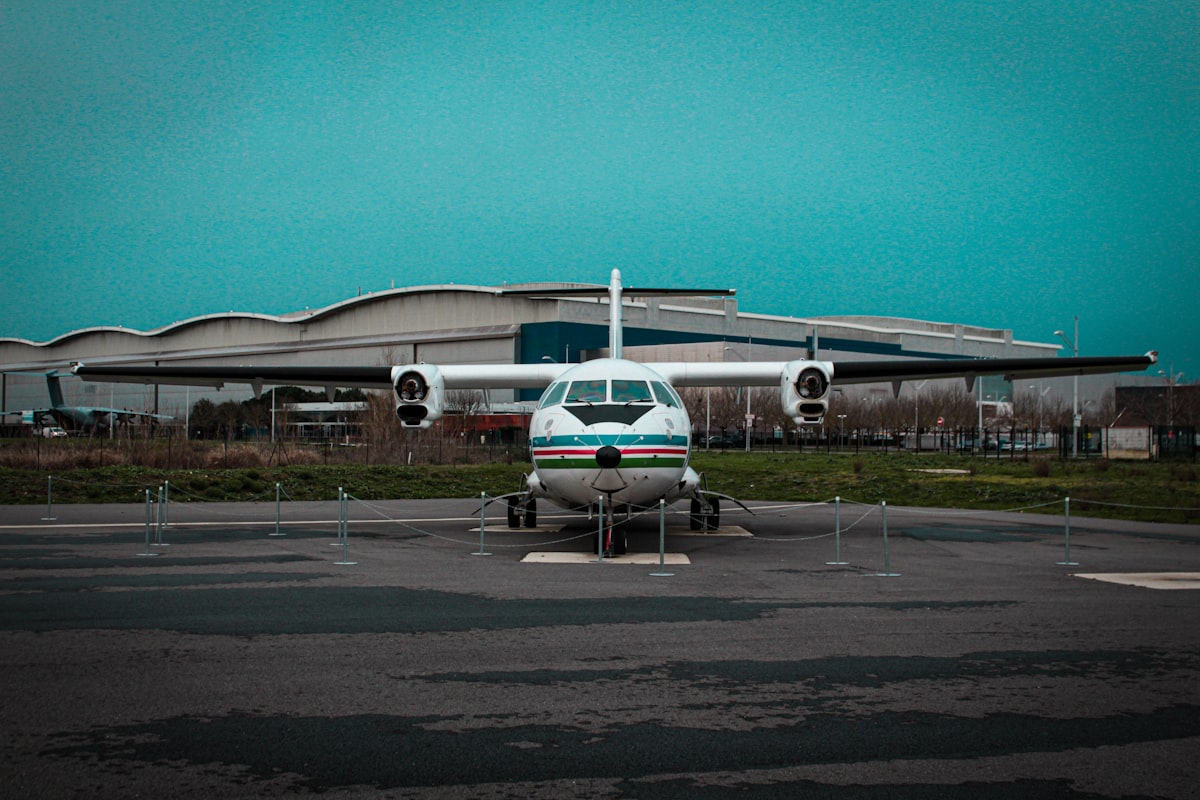How to Rent an Aviation Hangar
How to Rent an Aviation Hangar
Renting an aviation hangar isn’t just about having a place to store your aircraft. It’s about ensuring safety, accessibility, and convenience. Whether you’re a hobbyist pilot or managing a fleet for business, finding the right hangar can make a big difference. Here’s a straightforward guide to help you navigate the process.
Understanding Your Needs

Before diving into listings, define what you truly need. Will you be storing a single plane or multiple aircraft? Do you need extra space for maintenance tools and equipment? Also, consider the type of aircraft. Different planes require different space and amenities.
Types of Hangars
Hangars come in various forms. T-hangars are shaped to fit single small aircraft. Box hangars are larger, rectangular spaces that can accommodate multiple planes or larger aircraft. Decide based on the number and type of planes you own.
Additional Features
Some hangars offer climate control, which is crucial for maintaining aircraft in optimal conditions. Other features might include heavy-duty flooring, enhanced security systems, and convenient access to runways. Make a list of must-have features to streamline your search.
Location Matters
The hangar’s location can significantly impact your flying experience. Here’s what to look out for when considering a location:
- Proximity to Home or Business: Less travel time saves hassle and fuel costs.
- Airport Facilities: Some airports offer maintenance services, fueling stations, and pilot lounges.
- Weather Conditions: Always consider the local weather, which can affect flying schedules and hangar needs.
- Access to Transportation: Easy access to roads or public transport can facilitate the logistics of moving materials and passengers.
Researching Hangar Availability
Now, start hunting for the perfect spot. Online platforms like Trade-A-Plane, Hangar Network, and aviation forums are good starting points. Local airports also often have listing boards or managers can provide information.
Talking to Airport Managers
A direct conversation with airport managers can be revealing. They can provide insights into current availability, future expansions, and even pricing trends. They’re also a good source for understanding any local regulations or policies.
Networking in the Aviation Community
Attending aviation events and joining local flying clubs can open doors, literally. Fellow pilots often have hangar space they rent or know someone who does. Networking can provide not just leads but also recommendations on whom to trust.
Inspecting the Hangar
Once you’ve narrowed down some options, it’s crucial to inspect the hangars in person. Photos and descriptions can be misleading.
Structural Integrity
Check the condition of doors, walls, and roofs. Look for signs of leaks, rust, or any structural damage. Ensure the hangar is sturdy and secure.
Accessibility and Space
Check the entry points. Make sure your aircraft can easily move in and out without hassle. The hangar should provide ample space for maneuvering and storing additional equipment if needed.
Utilities and Lighting
Proper lighting is essential for any maintenance work. Check if the hangar has adequate power outlets and lighting. Additionally, ask about water supply and drainage, especially if you’ll be doing maintenance.
Understanding Lease Terms
Before signing any agreements, read the lease terms thoroughly. Hangar rentals often come with specific conditions.
Lease Duration
Rental periods can vary. Some hangars offer short-term leases, while others may require a commitment of several years. Choose based on your needs and future plans.
Rent and Additional Costs
Besides the base rent, be clear on any additional costs. These might include utility charges, maintenance fees, and property taxes. Ask for a detailed breakdown to avoid surprises later.
Subletting and Cancellation Policies
Understand the policies for subletting. Some leases might allow you to rent out the space if you don’t need it temporarily. Also, check the cancellation terms to know what happens if you need to terminate the lease early.
Liability and Insurance
Ensure you’re covered in case of damage or accidents. Some leases require tenants to have liability insurance. Double-check with your insurance provider to confirm you have adequate coverage.
Negotiating the Lease
Don’t hesitate to negotiate terms. Landlords may be flexible, especially if the hangar hasn’t been rented out for a while.
Discuss Rent
If the asking rent is beyond your budget, propose a lower rate. Backup your proposal with market research or agree to a longer lease term for a discounted rate.
Request Improvements
If the hangar needs repairs or upgrades, ask the landlord to handle them before you move in. This can save you money and ensure you’re getting a quality space.
Seek Lease Flexibility
Ask for clauses that allow for early termination or subletting. This gives you room to adapt if your situation changes.
Finalizing the Deal
After negotiations, it’s time to finalize everything. Review the final lease terms thoroughly before signing.
Legal Review
Consider having a lawyer review the lease. They can spot any potential legal pitfalls and ensure your interests are protected.
Signing the Lease
Once all parties agree on terms, sign the lease. Ensure you get a copy of the signed lease for your records.
Preparing Your Hangar
Before moving your aircraft, prepare the hangar to suit your specific needs.
Setting Up the Space
Organize the space for efficiency. Place tools and equipment where they’ll be easily accessible. Buy or build storage solutions to keep everything tidy and secure.
Installing Security Systems
If the hangar doesn’t already have a security system, install one. Cameras, alarms, and secure locks can provide peace of mind.
Getting Utilities Connected
Ensure all utilities like power, water, and internet are set up and functioning. This includes checking lighting and any equipment that requires power.
Moving In
With everything set, it’s time to move your aircraft and belongings into the hangar.
Transporting Aircraft
If your plane isn’t already at the location, arrange for its transportation. Ensure all necessary preparations and precautions are taken for a safe move.
Organizing Equipment
Move in any maintenance equipment, supplies, and tools. Organize them based on frequency of use. Keep safety gear, like fire extinguishers, easily accessible.
Maintaining the Hangar
Regular maintenance is crucial to keep the hangar and your aircraft in top condition.
Routine Inspections
Perform regular inspections of the hangar. Look for and address any wear and tear, leaks, or other issues immediately.
Cleaning and Upkeep
Keep the hangar clean to ensure a safe and pleasant working environment. Regularly sweep floors, dust surfaces, and organize equipment.
Maintenance Logs
Maintain logs for all maintenance activities. This helps in tracking any recurring issues and planning future upkeep.
Staying Informed
Stay updated with any changes in airport policies or regulations that might affect your hangar rental.
Airport Communications
Regularly communicate with airport authorities. Attend meetings, read newsletters, and stay in the loop about any changes or updates.
Aviation Community
Stay engaged with the local aviation community. Networking can provide useful information and keep you informed about best practices and new opportunities.
This guide should equip you with the knowledge to confidently rent an aviation hangar that meets your needs. Though each step requires careful consideration, the effort will pay off in the long run with a safe and convenient storage solution for your aircraft.
Recommended Aviation Resources
Pilots Handbook of Aeronautical Knowledge – $25.42
Essential FAA handbook for every pilot.
Aircraft Owners Handbook of Maintenance
Keep your aircraft in top condition.
As an Amazon Associate, we earn from qualifying purchases.



Subscribe for Updates
Get the latest articles delivered to your inbox.
We respect your privacy. Unsubscribe anytime.